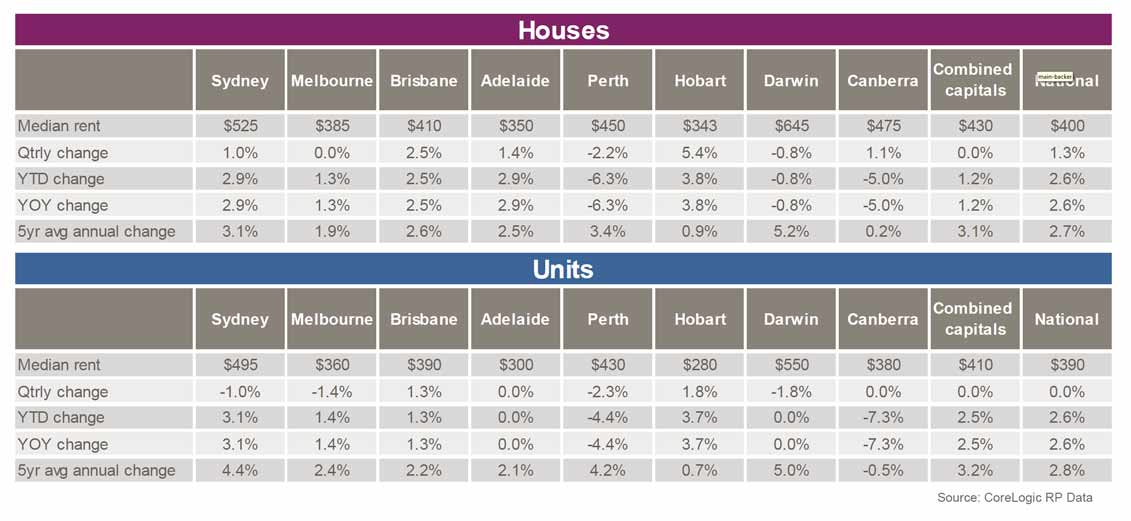According to eMarketer’s latest estimates of retail sales, Retail ecommerce sales in Australia will rise 14.4% this year to pass $10 billion. In 2014, ecommerce sales in the country increased 17.3% to account for over 4% of total retail sales, and that share will expand to 4.5% in 2015. Low double-digit gains will continue through 2017, and by the end of the forecast period, retail ecommerce sales will total $14.52 billion and represent 5.6% of retail sales in the country.

Australia falls in the middle of the pack in both absolute terms and percentage of total retail ecommerce sales when compared with the other Asia-Pacific countries, behind China, Japan and South Korea and ahead of India and Indonesia.
Interestingly, digital buyer penetration among internet users in Australia is the second highest in Asia-Pacific. eMarketer estimates that 79.4% of internet users in the country will purchase via any digital channel this year, behind only Japan (82.0% penetration). Due to its size, though, Australia has the smallest digital buyer population in Asia-Pacific, at 12.1 million.

Australia’s ecommerce landscape is crowded with international competitors—especially eBay-owned properties—according to October 2014 data from Experian Hitwise Australia. eBay Australia catalogued the highest number of visits, 23.1 million, during the week examined, accounting for 12.9% of retail site visits during that timeframe. The local edition of eBay-owned classifieds site Gumtree was second with 13.3 million visits and a 7.4% share, followed by eBay with 13.2 million for a 7.4% share, and Amazon with 11.6 million for a 6.5% share. [Note: The Australian version of Amazon’s site, Amazon.com.au, sells only ebooks.]
The remaining top 10 ecommerce sites, with visitor shares of around 1% or less, included user-supported deals-posting site OzBargain, consumer electronics retailer JB Hi-Fi Australia and hardware chain Bunnings Warehouse, Apple’s site, Alibaba Group-owned discounts site AliExpress and department store chain Target Australia. The list reflects a landscape dominated by consumer-to-consumer resale sites, alongside options for business-to-consumer transactions.

